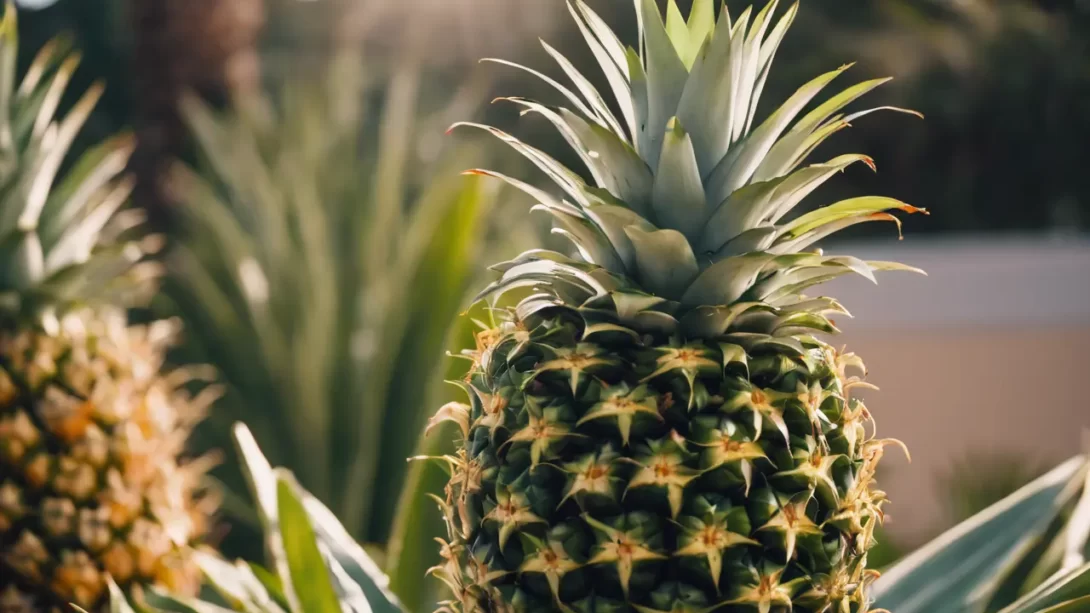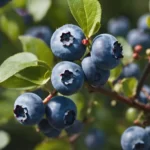Pineapples, with their spiky crowns and sweet, tropical fruit, are a fascinating and unique addition to the world of fruit gardening. Unlike typical fruit trees that bear multiple fruits each season, the pineapple plant has a different story to tell. This article delves into the intriguing question: how many pineapples does one plant produce? Understanding the growth habits and fruiting process of pineapple plants offers valuable insight for both curious gardeners and fruit enthusiasts.
Pineapple Plants
Pineapple plants belong to the bromeliad family and are known for their rosette of sword-like leaves and sturdy central stem. These plants are terrestrial and primarily grown in tropical and subtropical regions. Pineapples do not grow on trees but rather from a central plant. Each plant is capable of producing a single pineapple fruit. The pineapple fruit itself is actually a collection of berries that have fused together around a central core, creating the singular fruit we recognize.
Pineapple Production Per Plant
A single pineapple plant typically produces one pineapple at a time. This limitation is due to the plant’s growth structure and reproductive process. After planting, it takes about 18-24 months for a pineapple plant to produce its first fruit. Once this fruit is harvested, the plant may produce additional fruits, but this depends on various factors including the plant’s health and environmental conditions. It’s important to note that while the primary plant produces one fruit, the pineapple plant can develop offshoots, or ‘suckers’, which can be cultivated to grow additional plants and thus more fruits.
Growth Cycle of a Pineapple Plant
The growth cycle of a pineapple plant is quite intriguing. From planting, it takes about 18-24 months for a pineapple to reach maturity and produce its first fruit. The plant starts with a period of leaf growth, which is critical for gathering the energy needed for fruit production. Once the plant is mature enough, it develops a flower spike in its center, which eventually leads to the formation of the pineapple fruit.
As the pineapple develops, the individual berries coalesce to form the single, large fruit we recognize. This fruit growth process can take several months. Once the pineapple is fully grown and ripens, it changes color and emits a sweet fragrance, indicating it’s ready to be harvested.
Factors Influencing Fruit Production
Several environmental and cultivation factors significantly influence the pineapple plant’s ability to bear fruit. Climate is a primary factor; pineapples thrive in warm, tropical conditions with adequate sunlight and warmth. Temperature fluctuations can affect the plant’s growth and fruiting cycle.
Soil type and nutrition also play crucial roles. Pineapple plants prefer well-drained, slightly acidic soil. Adequate nutrition, particularly a balanced supply of nitrogen, potassium, and magnesium, is essential for healthy growth and fruit production.
Watering practices are important as well. Pineapples need a consistent supply of moisture but are susceptible to root rot in overly wet conditions. Therefore, maintaining a balance in watering, ensuring the soil is moist but not waterlogged, is key.
Proper plant care, including pest and disease management, also impacts the health of the pineapple plant and its capacity to produce fruit. Pests like mealybugs and diseases such as pineapple wilt can adversely affect the plant, potentially reducing fruit yield or quality. Regular monitoring and appropriate interventions are necessary to maintain a healthy plant.
Harvesting Pineapples
Harvesting a pineapple at the right time is crucial for ensuring the best flavor and quality. The signs that a pineapple is ready to be harvested include a change in color from green to golden yellow starting at the base, a slight softening of the fruit, and a strong, sweet aroma. It’s important to harvest the pineapple at the right stage of ripeness, as it does not continue to ripen significantly after being picked.
The harvesting process involves cutting the fruit from the stalk with a sharp knife. Care should be taken not to damage the plant, as it can still produce additional fruits. After harvesting, the crown of the fruit can be removed and replanted to grow a new pineapple plant, continuing the cycle of growth.
Post-Harvest Plant Care
After the fruit has been harvested, the pineapple plant can still be productive. The plant may produce side shoots or ‘suckers’ that can develop into new fruit-bearing plants. These suckers can be left to grow on the original plant or removed and planted separately.
Continued care for the pineapple plant is essential for subsequent fruiting. This includes maintaining proper watering, providing balanced fertilization, and managing pests and diseases. The lifespan of a pineapple plant can vary, but with good care, it can continue to produce fruit for several years.
Conclusion
A single pineapple plant typically produces one pineapple at a time, but through careful cultivation and maintenance, it can yield multiple fruits over its lifespan. The growth and fruiting of a pineapple plant are influenced by various factors, including climate, soil conditions, and care practices. By understanding these factors and providing the right care, gardeners can successfully harvest delicious pineapples and enjoy the rewarding experience of growing this unique and exotic fruit. Whether as a home garden project or a commercial endeavor, growing pineapples offers a fascinating glimpse into the world of tropical fruit cultivation.




